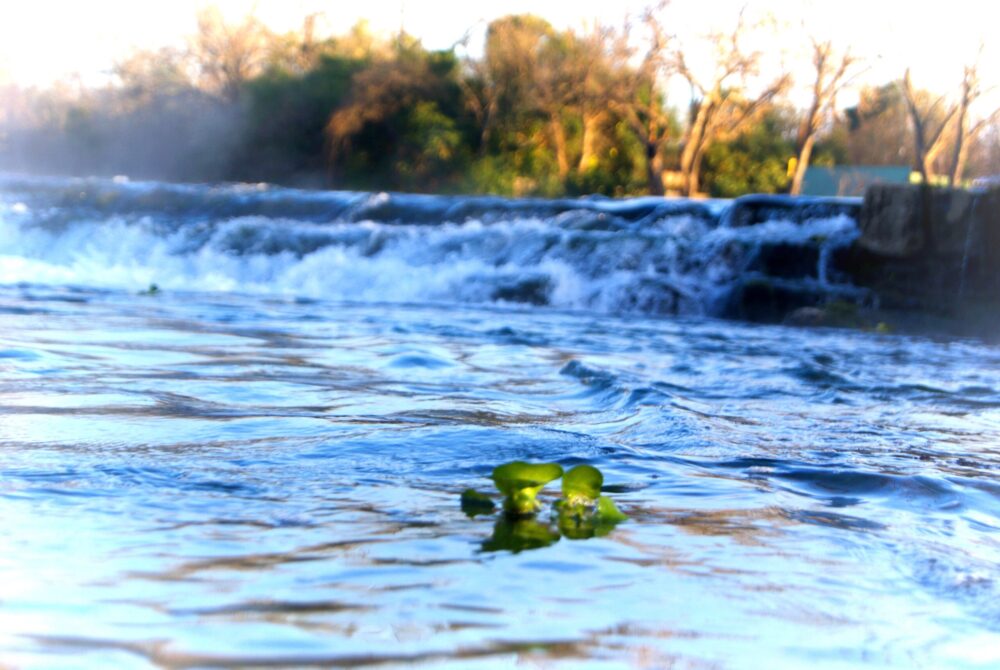
Hundreds of invasive Catfish removed from San Marcos River
Christopher Green | Staff Reporter
SAN MARCOS — Texas Parks and Wildlife worked with the Meadows Center to remove hundreds of Armored Suckermouth Catfish from Rio Vista Falls during a dewatering event.
The Armored Suckermouth Catfish is considered an invasive species in the San Marcos River, so when Rio Vista Falls was drained for a construction project, workers from Texas Parks and Wildlife and the Meadows Center took the opportunity to remove as many of the invasive catfish as possible.
The team removed a total of 406 Armored Suckermouth Catfish.
The Meadows Center also partnered with Atlas Environmental to help in the removal process. Atlas Environmental is owned and operated by Nick Menchaca and is an environmental organization that works in the preservation of the San Marcos River and surrounding area waterways.
Menchaca said the teams used spearfishing in the removal process.
“So, we remove fish by spearfishing because it is the most selective form of fish removal there’s practically zero bycatch as long as whoever’s spearing is identifying the fish correctly,” said Menchaca.
Menchaca said his team works in the removal process mostly in the upper parts of the San Marcos River.
“So, we mainly find the Suckermouth Armored Catfish from Spring Lake Dam down to Stokes Park and that’s kind of where we stop is at Stokes Park, but they do survive all the way down past the water treatment plant, which is a little bit further down from Stokes Park,” said Menchaca.
The Armored Suckermouth Catfish found in the San Marcos River usually grow to weigh about half a pound.
Monica E. McGarrity, Senior Scientist for Aquatic Invasive Species, with Texas Parks and Wildlife, said the invasive catfish can be a problem for other species in the river.
“So, you know, the armored catfish can have a lot of issues, they can be very prolific, they can grow, you know, increase their numbers dramatically, and they compete with other algae eating fishes,” said McGarrity.
McGarrity said the armored catfish enter the river through aquarium dumping and then start breeding once they are in the river.
“These are called Plecos in the aquarium trade, or algae eaters, and they’re sold when they were very small, very often, they’re only two inches long in the pet store. And then someone purchased them not realizing that they can grow very large. And so, by the time that Pleco or algae eater outgrows its tank folks are well-meaning, they don’t want their pet to come to harm. And so, they’ll go and dump their aquarium into a public water body,” said McGarrity.
McGarrrity also said the armored catfish can negatively affect the river.
“They also dig burrows into the bank, and that can lead to erosion in banks, destabilization in extreme cases, even bank collapse. And then also increased erosion can have impact on the water clarity because you have more sediment in the water,” said McGarrity.






